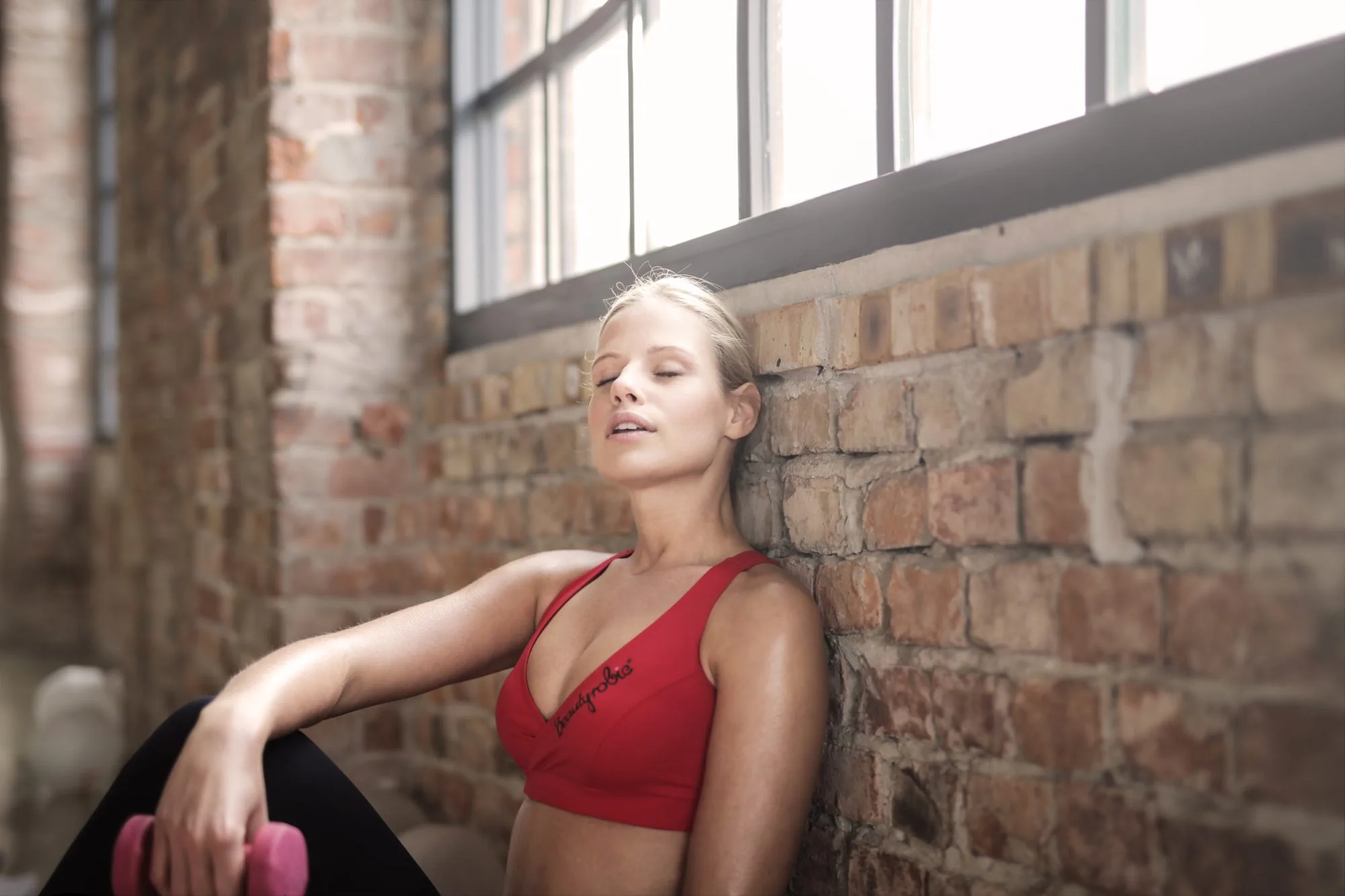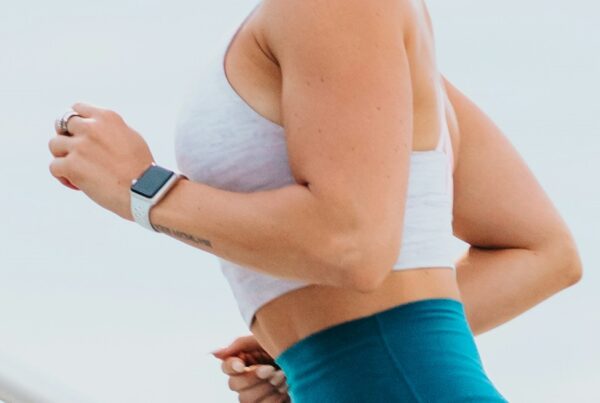Signs that you need a rest day show up differently for every person. However, it’s really important that you know which signs to look out for. Resting is just as important, if not more so, than your next rep or interval. We’ve all been there.
Just when you’re getting back into your new workout routine – Bam! Suddenly your calves and shins hurt, or your quads are aching in a very uncomfortable way that doesn’t feel normal. Yes, you’ve probably pushed yourself too hard and have run into an injury.
At this point, you’re asking yourself why you didn’t just take a few more rest days in between your journey. Whether your routine is for happiness, health, or aesthetics. Going too hard and taking zero rest days can lead to overtraining, which results in poor performance, elevated blood pressure, decreased immunity, anxiety or depression, disturbed sleep, and fatigue for many.
Signs That Scream Rest Day
So, how do you know when it’s time to make the call?
I know, as a fitness coach, that whether you’re a newbie or a fitness expert – it can be really tough to take a day off. Even though you might not feel 100%, you just don’t want to mess up your routine and progress with a ‘lazy’ rest day. That’s the thing. You’re not being lazy if you work hard 80% of the time and now your body is taking the strain.
![signs [longevity live]](https://longevitylive.com/wp-content/uploads/2018/08/alone-bed-bedroom-271897-320x212.jpg)
In fact, the recovery period is more important and is what’s actually going to make the difference in your fitness journey. It is the time when gains happen the most.
Firstly, to make this decision it helps to understand physiologically, what happens when you exercise. Specialists in sports and conditioning explain that when you exercise, you’re actually causing small bursts of repetitive trauma to the body. This trauma is what causes micro-tears in your muscle fibers, which is exactly why your muscles need to repair and grow stronger.
In addition, the fitter you become and the more you increase your training intensity, the more stress you place on the body. Therefore, if you do not allow your body to recover, you’re causing yourself more harm and setbacks than progress.
Think about it this way…
Exercise doesn’t only impact your muscles, it impacts your digestion, kidney function, hormone regulation, and more. So be smart and listen to your body when it signs for a little time off. Otherwise, your chances of injury striking are high.
Here Are The Warning Signs
1. Your Body Is Continuously Sore
When you change something in your regular workout routine, or you’re new to exercising at a certain intensity, it is normal to experience a certain degree of muscle soreness. And yes, sometimes it can be sore enough to make getting out of bed a little challenging.
However, experts say that if you’re pretty fit and exercise frequently you should definitely not be sore all the time. The period of rest recovery time has a lot to do with the muscle groups you’re resting. However, on average you should always give your muscles 24 to 48 hours to recover between training sessions. If you have done this and you’re still experiencing soreness, then it’s possible you’re overtraining.
![signs [longevity live]](https://longevitylive.com/wp-content/uploads/2018/08/activity-adult-athlete-703009-320x213.jpg)
If you know that you’ve been repeatedly exercising your muscle groups, and you’re in some sort of pain. It’s because you’ve stressed them repeatedly to the point where rest is no longer adequate to allow for recovery. If you have overtrained then you will most likely be experiencing continuous muscle soreness, frequent sickness, and injuries. Luckily, you can recover quite easily. As long as you take the necessary days off!
2. Your Resting Heart Rate Spikes
This is probably one of the best and most accurate ways to determine whether you’re overtraining or not. Specialists recommend taking your heart rate in the morning and if it’s above normal, then you know that your body is not really up for a high-intensity workout that day.
It’s a great indicator, specifically because we all know how vital our heart health is, and when we see something is up – it might scare you enough into taking it easy. Remember, a really low heart rate is also a sign that you may be overtraining. Calculate your resting heart rate here if you’d like to try this technique.
3. Stiffness Has Become The Norm
Are you familiar with a sharp pain at the front of your calves or shins? Or, perhaps your knees crack every time you try to pick something up or walk up the stairs? Plus, you have been training really hard and going out on runs, jogs, lifting weights, crushing HIIT circuits, or jumping rope.
If you’ve been hitting the gym hard for a while, and you’re left with quite a bit of muscle tenderness for more than a day. It might be the perfect time to get some rest. And no. You’re not being lazy by doing this. You’re actually being smart. Sports specialists state that when your body doesn’t have the proper mobility, you’re going to create dysfunction in your movement pattern.
This means that when you repeat a workout multiple times and it’s done without proper recovery, you’re going to cause yourself an injury. The two best methods to do this instead of working out is stretching and foam rolling on your rest days to keep your body flexible and resistant to injuries.
4. The Colour Of Your Urine Has Changed
Believe it or not, this is something you should teach yourself to look at more.
![signs [longevity live]](https://longevitylive.com/wp-content/uploads/2018/08/action-energy-activity-adult-1103833-320x213.jpg)
And it’s not only for determining rest days but also your overall health. Most of us know that we need to stay hydrated while exercising. However, the problem arises frequently because many people choose to exercise when they’re already dehydrated.
The color of your urine is a simple way to monitor your hydration levels and to determine if you can start working out. Watch out for making the mistake of drinking alcohol the night before, exercising, or getting up early. and drinking nothing but coffee. Lastly, never assume that you can rehydrate your body during the workout! It takes at least 45 minutes for the body to recover from even mild dehydration.
So, why is it so beneficial for you to know the signs of overtraining? Basically, it is ten times easier to relax, stretch and drink water than it is to mend, recover and get back into your workout programme after an injury. A few days’ rest is probably the best thing you could do for your body right now!
It takes a lot of hard work and dedication to maintain a physique like celebrity Halle Berry. She always chooses what makes her feel healthy and strong. Find out how here.



![women [longevity live]](https://longevitylive.com/wp-content/uploads/2020/01/photo-of-women-walking-down-the-street-1116984-100x100.jpg)









